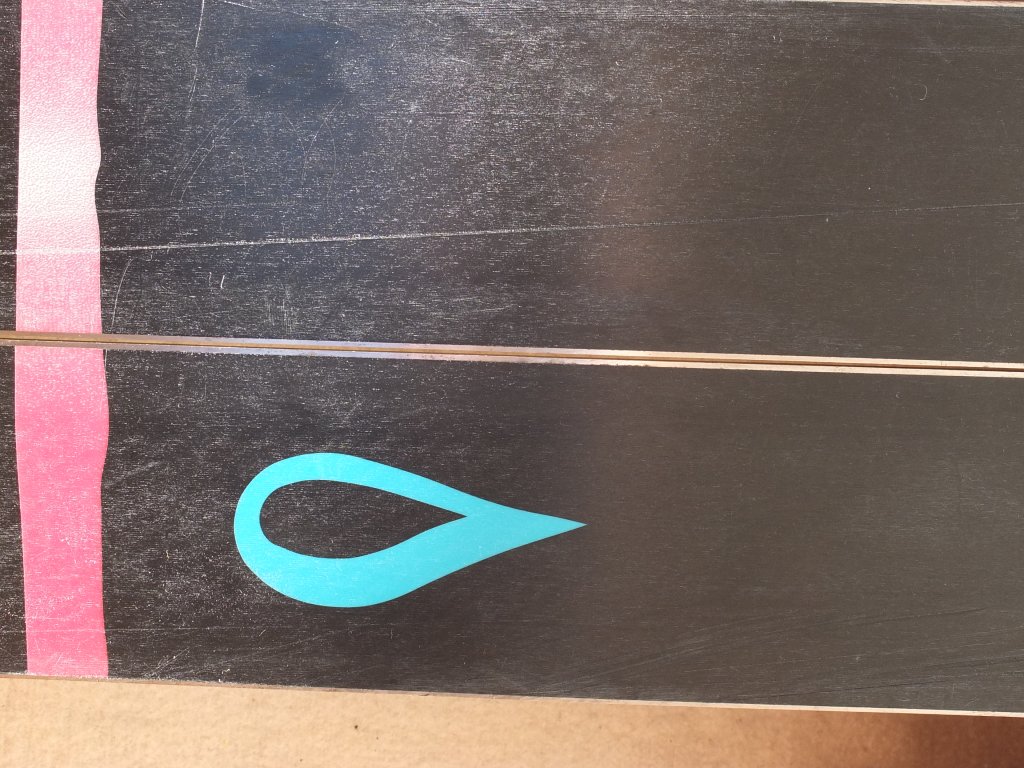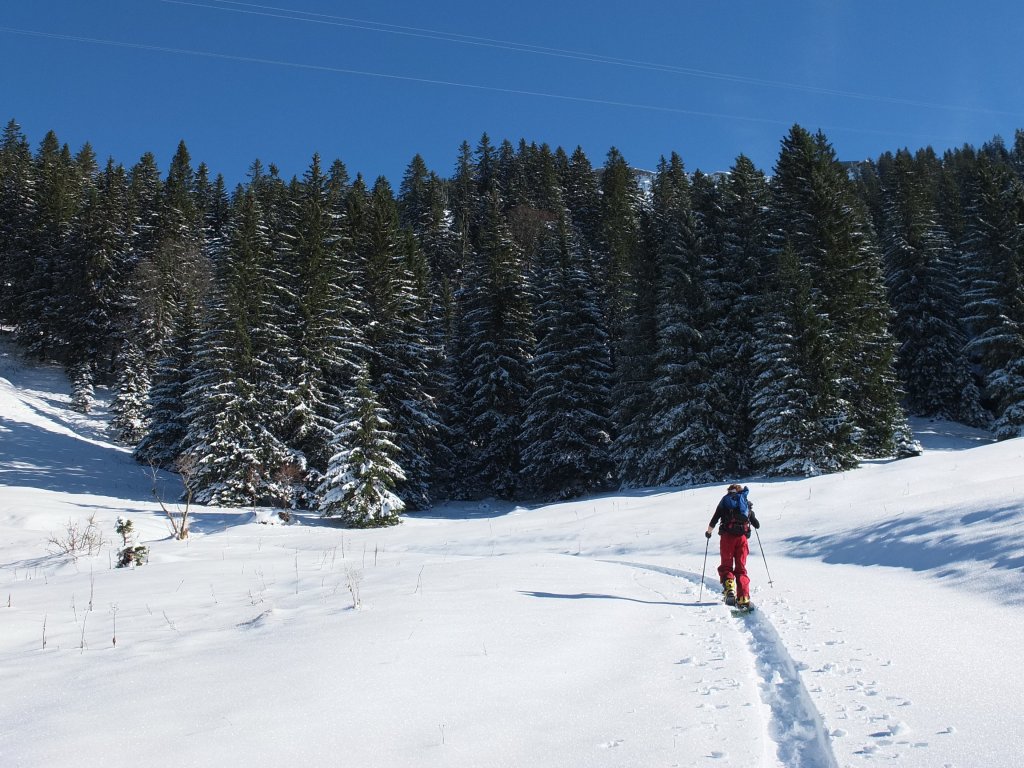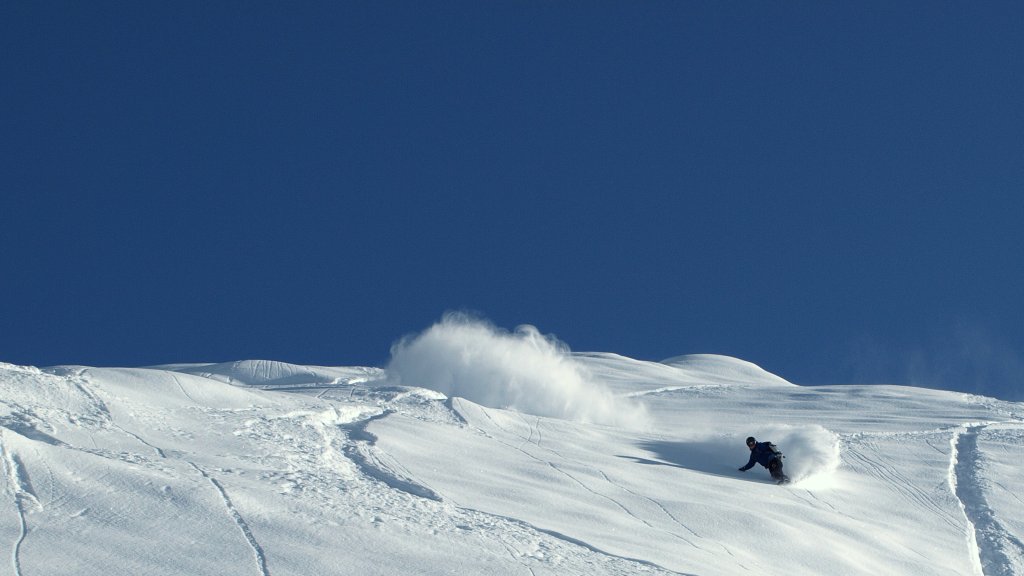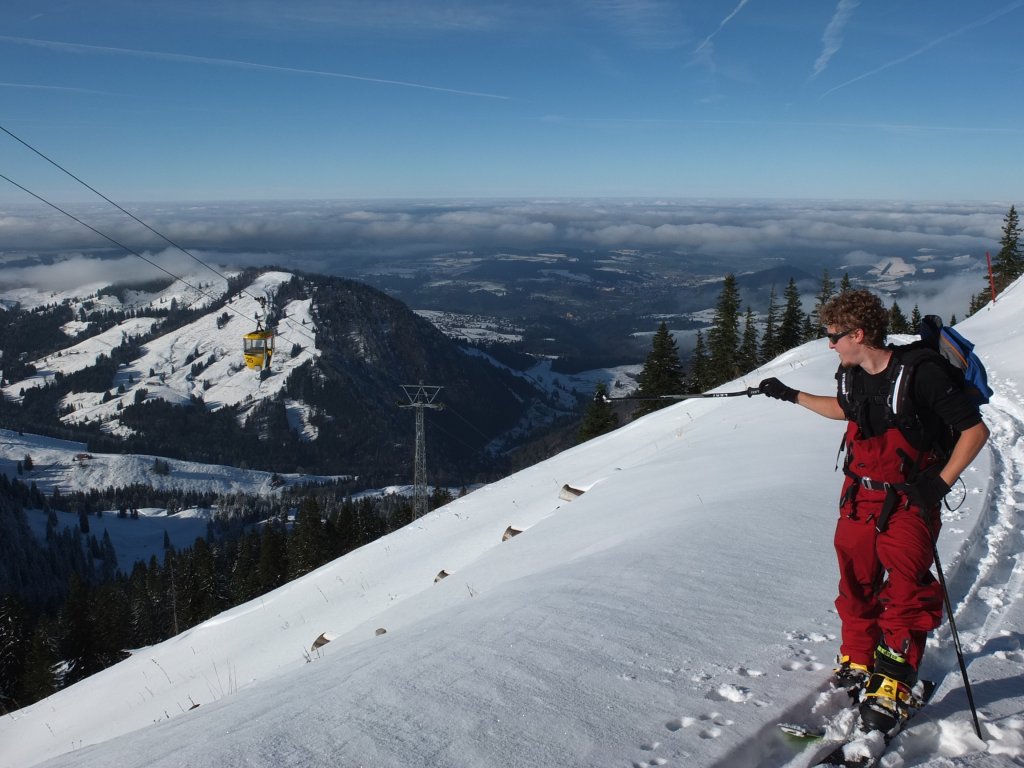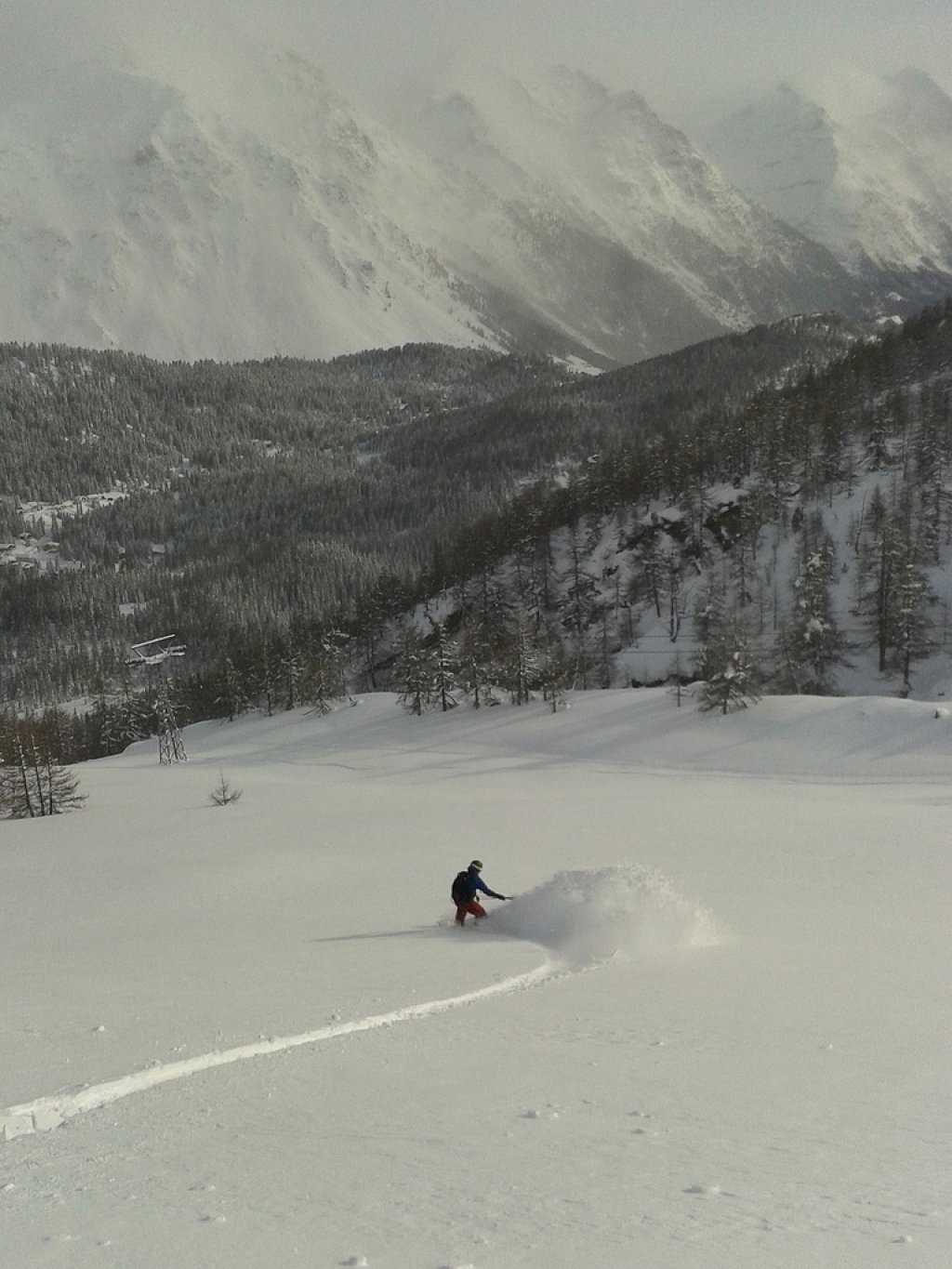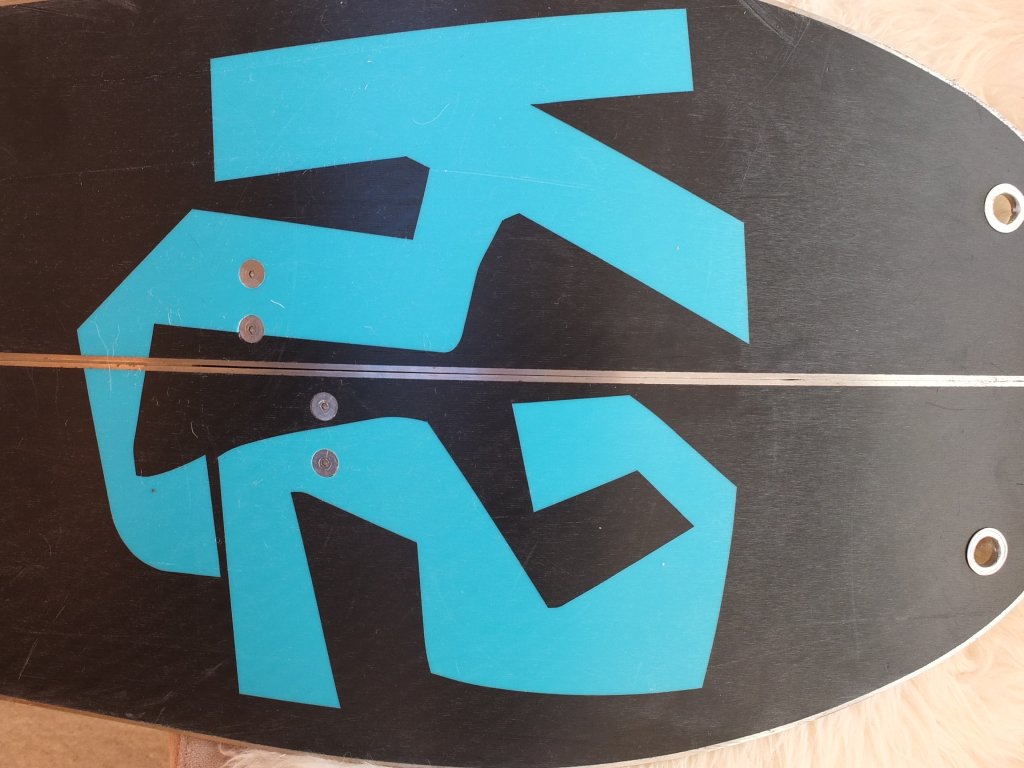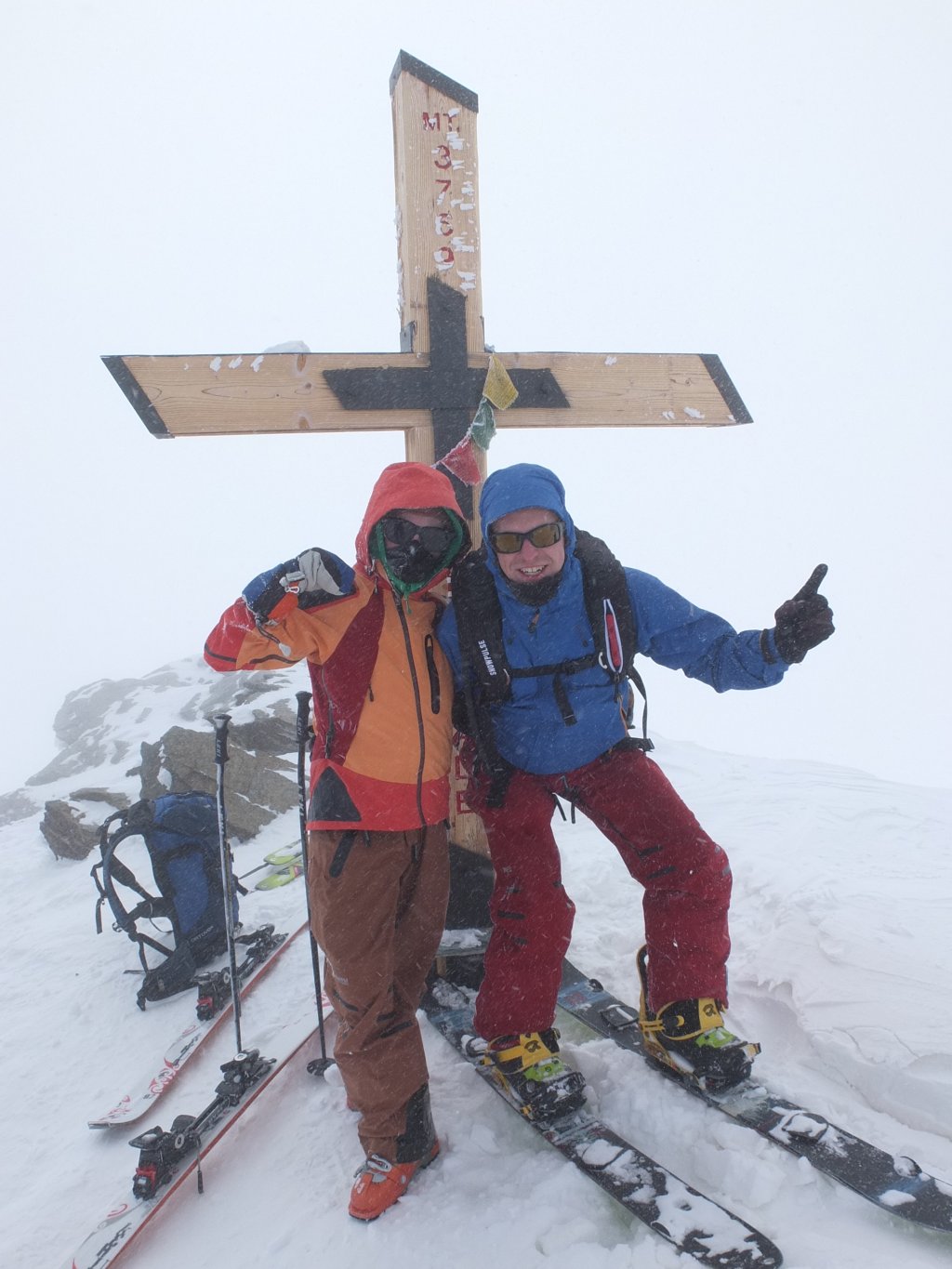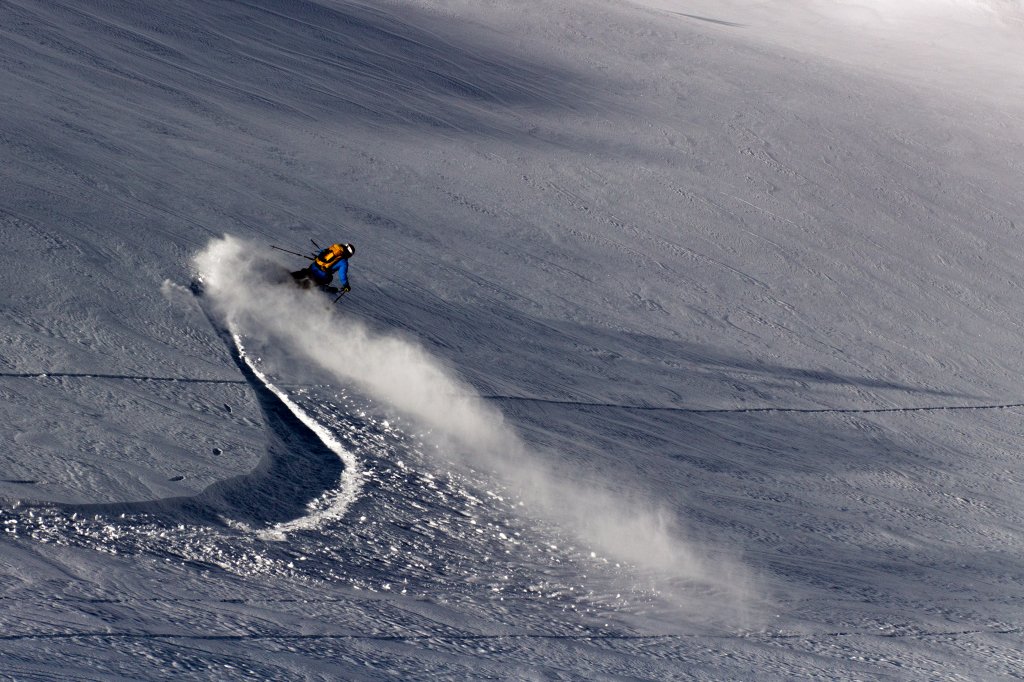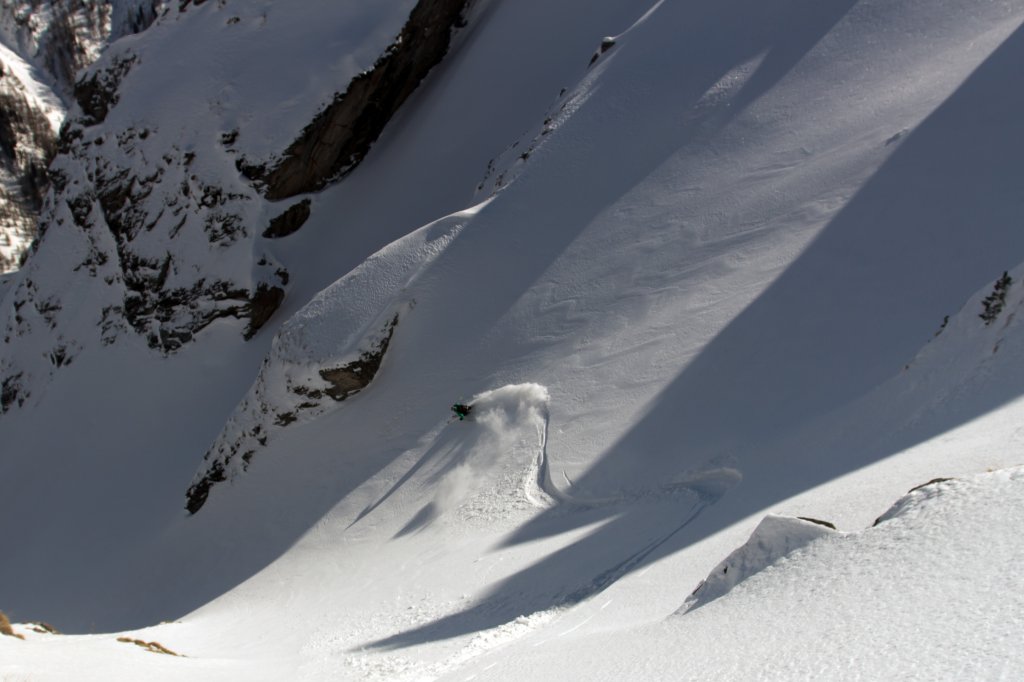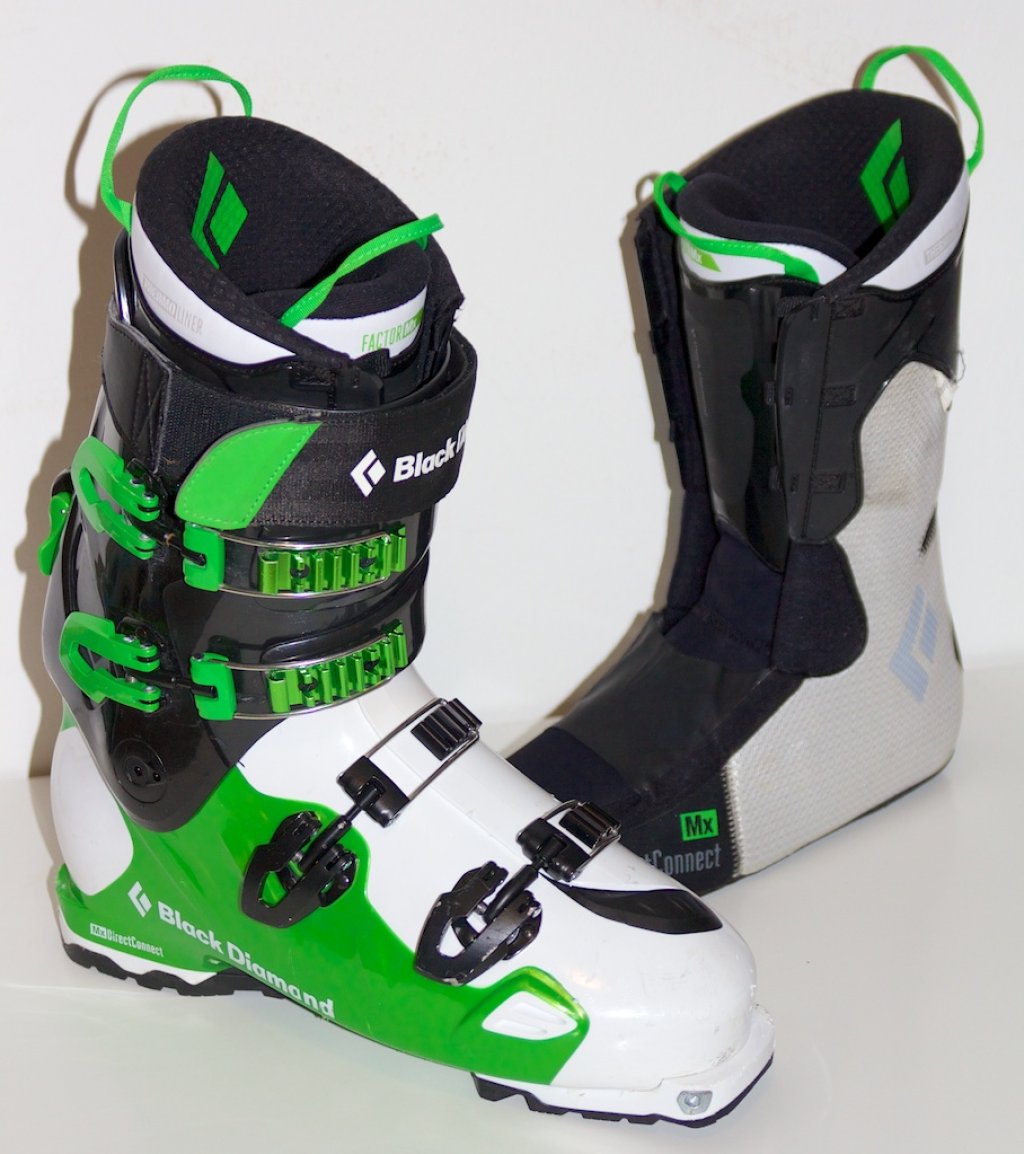After many years of a niche existence, the trend has reversed in the last 2-3 years. More and more small, specialized brands have sprung up and even large manufacturers have been unable to avoid including a splitboard in their range. K2 did this quite successfully with their first model, the Panoramic. In particular, its own skin suspension and solid shape were widely praised. Since this year, the Ultrasplit is another splitboard from K2, which has some interesting details to offer.
In addition to the already mentioned skin attachment, which is also known from K2 skis, there is the shape with a clear taper at the nose and tail, which in theory should lead to less blending in difficult conditions, as well as the "Split Tracks" mounting system for the pucks, which promises a significantly simplified stance adjustment. In addition, the K2 should also be the "lightest splitboard in the world", which should be true at least for the K2 splitboard world in any case.
Set-up, processing
With anticipation, I immediately unpacked the freshly arrived Ultrasplit and adjusted the stance, which is actually much easier than with the normal holes. Simply screw on the pucks loosely, insert the voile spacer, align in any stance and tighten, that's it. All the tinkering with the pucks themselves to get certain angles is a thing of the past with the channel system. Nice! On closer inspection, the whole thing is a nice feature, but as I don't change my stance, I only have to do the whole thing once in my splitboard life, so a few minutes don't matter, so this innovation is put into perspective a little when you take a closer look.
Other than that, the board is very neatly but not perfectly finished, the holes are cleanly placed, which can be seen from the fact that the two halves of the board are not shifted against each other in downhill mode. The large gap between the ski parts in assembled mode is noticeable. It doesn't matter, but it could be better.n
In terms of weight, the Ultrasplit already feels on the lighter side of the splitboard world, which is confirmed by a glance at the scales. The Ultrasplit weighs approx. 3.5 kilograms in 158 cm with Voile set-up. That's pretty good, but by far not the lightest splitboard in the world, as you can see on the new Amplid models or the Jones Ultracraft. But it doesn't really matter, because in the end it's all about the fine balance between weight and durability/riding behavior. Because what good is a lightweight splitboard that disintegrates into its individual parts after three tours.
The attachment system for the skins works well, only the cut of my skins was not quite optimal, but after asking K2 I was assured that this should be better with the boards supplied as standard. This is supported by the fact that I have not yet heard any complaints about the cut from friends with the identical system for K2 skis.
Ascent behavior
The Ultrasplit is generally easy to ascend with. The skis are well-balanced, so hairpin turns work perfectly. The skins glide well, are not prone to bumps and hold well - both on the ski and in the track. The fastening system therefore also proves itself in practice.
Boards with extended camber perhaps have a little more grip on the ascent, as they put more pressure on the skins, but overall I find the ascent behavior of the board in combination with the good skins to be very decent.
Downhill behavior - it's all about the down
In my opinion, there's really nothing to complain about in terms of downhill performance. The board turns very easily, is easy to edge and is quite insensitive to cutting in poor snow conditions, which is how a backcountry snowboard should ride! I can't complain about hard conditions either, the edge holds solidly and the board can also be ridden confidently on the piste.
The buoyancy is okay, but not outstanding. If in doubt, I would recommend a longer board here due to the ease of steering. Especially when starting off in heavy powder, the long rocker nose liked to dig in deep, which didn't happen to me with my other boards. With a bit of speed, however, this problem was solved, although "Japanese" conditions could not yet be tested due to the poor situation in the northern Alps.
Durability
On my first outing in November, I was able to study the wood core in detail, a stone at slow speed caused the first coreshot. Filleted like this, you can see where some of the weight savings come from. The coating is kept rather thin, which makes the board more susceptible to deep scratches on the one hand, but on the other hand also allows it to withstand fewer grinding cycles when grinding stones. Whether you see this as a negative or a positive depends on your own attitude and expectations of a splitboard. If I want to afford a new splitboard after 2-3 years due to the further development of technology, it's no big deal that the surface is of the thin variety.
The board surface looks pretty worn after a few tours and is therefore quite sensitive. That doesn't bother me. However, people who attach great importance to the look should consider whether they really want the Ultrasplit.
Conclusion
With the Ultrasplit, K2 has created a really good splitboard for a wide range of uses. The board is easy to ride and control in many different conditions without sacrificing too much stability at high speeds. The rather low weight and the good skins together with the well thought-out suspension system ensure good ascent performance. Nice and functional but not absolutely necessary is the new Stance system, which Burton also uses on its new splitboards.
The disadvantages of a rather thin base and a scratch-prone surface are inherent to the system and fit into the concept. If you want a lighter splitboard, you have to make sacrifices somewhere, so these are not real weaknesses for me.
Overall, a clear buy recommendation from my side. Well done, K2!
Details
Weight: approx. 3.5 kg with pucks at 158 cm length
Available sizes: 155,158,161,164, 165w (wide version)
Price: 829.95 (including skins)
Here is the manufacturer's website with further information

